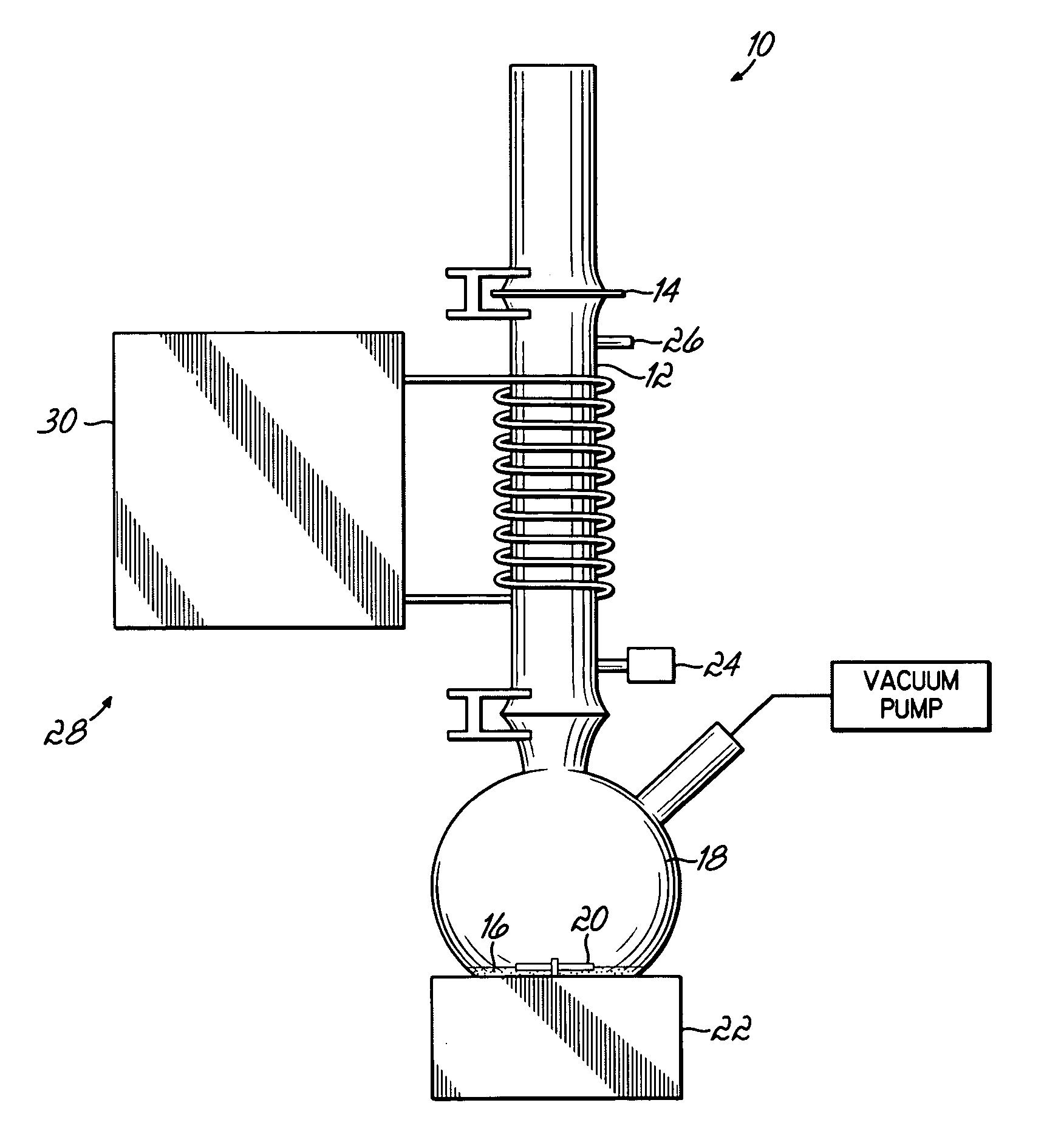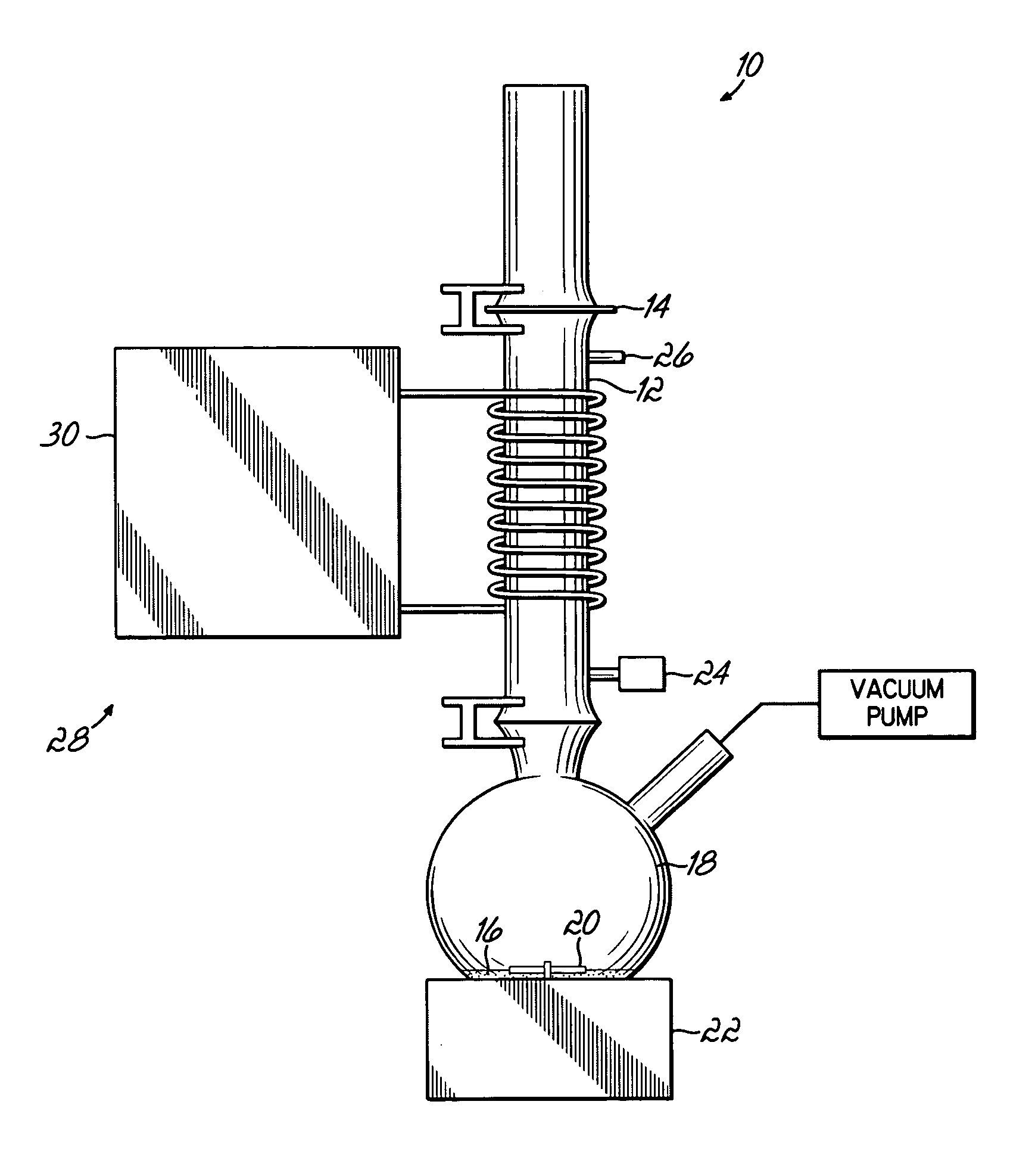Slow-release inhibitor for corrosion control of metals
a slow-release inhibitor and corrosion-control technology, applied in the field of corrosion inhibitors, can solve the problems of environmental unfriendly and harmful to one's health, and the use of chromate-substituted inhibitors, such as for paints or primer coatings, has been a great challenge, and achieves the effects of increasing hydrophobicity, reducing hydrophilicity, and high solubility
- Summary
- Abstract
- Description
- Claims
- Application Information
AI Technical Summary
Benefits of technology
Problems solved by technology
Method used
Image
Examples
Embodiment Construction
[0016] The slow-release corrosion inhibitor of the present invention may replace current chromate corrosion inhibitors, as well as other type inhibitors, and is applied to a metal surface, such as by way of a paint or primer coating, for corrosion control of the metal, e.g. aluminum, iron, copper, steel including galvanized steel, alloys thereof, and the like. The corrosion inhibitor is less carcinogenic and less toxic than chromate inhibitors, advantageously, non-carcinogenic and non-toxic.
[0017] One exemplary embodiment of the slow-release corrosion inhibitor of the present invention includes a water-soluble pigment, i.e. water-soluble particle, and a polymeric film encapsulating the particle. The water-soluble particle may be either organic or inorganic. The organic particle may include an azole, more advantageously, triazole or a derivative thereof, and most advantageously tolytriazole, benzotriazole, and 1,2, 4-triazole. The inorganic particle advantageously includes a rare ea...
PUM
| Property | Measurement | Unit |
|---|---|---|
| Percent by mass | aaaaa | aaaaa |
| Solubility (mass) | aaaaa | aaaaa |
| Corrosion properties | aaaaa | aaaaa |
Abstract
Description
Claims
Application Information
 Login to View More
Login to View More - R&D
- Intellectual Property
- Life Sciences
- Materials
- Tech Scout
- Unparalleled Data Quality
- Higher Quality Content
- 60% Fewer Hallucinations
Browse by: Latest US Patents, China's latest patents, Technical Efficacy Thesaurus, Application Domain, Technology Topic, Popular Technical Reports.
© 2025 PatSnap. All rights reserved.Legal|Privacy policy|Modern Slavery Act Transparency Statement|Sitemap|About US| Contact US: help@patsnap.com


